Removing any doubt endpoints are resilient, self-healing and secure is what matters most to cybersecurity leaders today. It has become the highest priority across education, enterprise, financial services and government organizations in 2020 and beyond. At the same time, CIOs and CISOs are recognizing that endpoint complexity itself is a vulnerability. Absolute’s 2020 State of Endpoint Resilience Report finds there are now 10.2 agents per endpoint installed, up from 9.8. Add to this how quickly software agents degrade across thousands of remote devices and the size of the challenge becomes clear.
Absolute’s approach to delivering unified endpoint security using their Endpoint Resilience platform that creates a permanent digital tether to every endpoint in the enterprise is getting noticed by CIOs and CISOs. IT leaders say Absolute’s ability to provide greater visibility and control is what they need. Interested in learning more about how Absolute is helping customers taking on the many challenges of protecting the proliferating number of endpoints today and how the company sees the future, I recently spoke with Christy Wyatt, CEO. (You can see my discussion with her last year here.)
Under her leadership, Absolute’s revenues, customer retention and Net Income continue to grow. Total revenue in Q4-FY2020 was $27.2M, representing a year-over-year increase of 7%. Annual revenue in FY2020 was $104.7M, representing an increase of 6% over F2019. Absolute also attained a 14% year-over-year increase in Enterprise and Government revenue making this segment 68% of Total ARR on June 30, 2020.
Christy is one of the most brilliant, insightful leaders in cybersecurity today and her perspective on the future of endpoint security makes for a fascinating discussion. The following is my interview with her:
Louis: When you look back over the last eight months, which decisions and strategies do you see as being pivotal to Absolute’s growth and the fact that you accomplished so much, so quickly?
Christy: That’s a great question and the first thing that jumps to mind is our decision that Endpoint Resilience needs to be its own category. This was kind of a new thing. Many people talk about finding bad guys and the need for identity and access management.. there is a lot of use of the fear factor. And as an industry, we kept thinking of different ways devices could be compromised and we kept adding more security controls to solve those problems.
The thesis we arrived at, here at Absolute, is, “Listen, more isn’t always better. Making sure that things are actually working in there when you need them, that’s what is more important.” Because when you spend a lot of money on solutions, or when you tell your board or your CEO that you have a particular control and are now safe from a specific kind of risk… you need to go to sleep at night knowing that that’s in fact true. There needs to be a foundational belief that there is something solid to stand on when bad things happen.
And so, much of what we did this past year was really focused on quantifying that rate of decay because we believe that it is a painful problem organizations are having. I think that we are making traction and the insights we continue to publish on the state of Endpoint Resilience is really helping with that.
Louis: On your last earnings call, you talked about undeletable endpoint security and how it caught on in the education market. Did you change your go-to-market strategy this quarter to show you could scale an enterprise-wide deployment with teachers and administrators?
Christy: What’s important to remember is that we’ve been in business 20 years and that we started in education – as the one-to-one laptop initiatives for school kids were just getting underway. Those devices were very expensive and so that is the first problem we worked to solve. If somebody got their hands on a student’s device, how do you build a security platform that can survive anything that happens to that device? That was the original design premise all those years ago. And so, we have deep experience in things like scalability and solving problems for the education market.
What we’ve been seeing n the education market over the last couple of years has really been that, while technology has been an enabler for students, they weren’t necessarily thinking about teachers and administrators. So the challenge that they’ve grappled with over the last few months, notably with the accelerated shift to remote learning, is figuring out how to be both a digital and remote organization all at once. A lot of their processes were not yet online and not every single individual was connected.
Because we have a long-standing relationship with this community, we have a lot of expertise in the providing the scale and stability that they need. It was relatively intuitive for us to step and say, “Listen, these are things we can help you with. Here’s the bigger picture of things we could be helping you with, as you’re still figuring out distance learning and how to mobilize students.” Because we’ve also while serving education, we’ve also been serving banks and governments – and our enterprise business has been growing quite nicely over the years as well.
And I think we’re going to see that continue, because even as schools are contemplating sending children back to school, nobody knows whether this is a long-term or short-term. The new term I’ve started using is operational agility… and I think it applies to enterprise as well as it goes to education. I don’t think we ever again get to take for granted location and physical proximity to employees or students or devices. It has become a critical KPI for most organizations going forward.
Louis: Excellent point. And with regard to enterprise and government sectors growing 14% annually, what did you see in the eight months of this year that led to the double-digit growth in those markets?
Christy: Very few organizations had ever really contemplated the question, “What would happen if everybody had to be remote at a moment’s notice?” While our enterprise business has been experiencing double-digit growth for quite a while now, the onset of the pandemic really accelerated that growth. There has been a shift in thinking, that working remotely is not just for a smaller population of road warriors and sales reps and executives. I’ve spoken with many organizations that would say having a permanent digital connection to a device is really important for the people who are on airplanes and in a taxi cabs. But, I have a large percentage of my population that has a device that really they only use at work. Maybe it’s a laptop, maybe it’s a desktop – but either way, 99% of the time they are here. Or the times that they’re not here, they can VPN in. And I think that’s really become the challenge, that we can’t make that assumption anymore.
A lot of customers are rethinking all of that right now, as they’re seeing that being a remote, digitally-led organization can actually fit within their business model. If they give employees the flexibility to do what they love, where they want to do it, they’ll have an edge. While this is something that’s been forced on us, as with many things, the more you practice, the better you get… and then at some point, it becomes a part of the company’s DNA. And you learn to trust that you’re going to be safe and secure, your data and your employees are going to be just fine, because you don’t lose connection with them just because you can’t see them.
Louis: I think trust is an accelerator and Absolute’s success with endpoint security shows how to enable it at scale across organizations. Now with 13,000 customers, Absolute’s approach to building trust is working well.
On the earnings call you gave guidance of $112M to $118M with between 7% to 13% growth defined by how accounting transactions are handled. Underneath those figures, what’s the customer segment or what’s the geographic segment that you believe will be the primary catalyst for that revenue growth?
Christy: Perhaps a bit unusually for company our size, a large percentage of our revenue is actually North America-based. Our international markets have been some of the fastest-growing segments for us. Our ecosystem of partners that we support – notably, the large PC and device manufacturers and their indirect channels – most of those are global entities and would like to support their customers in the same way internationally that they support them in North America. So one big focus for us is doing more selling and marketing globally, to meet this need.
I think the other big catalyst is going to be this shift to Resilience. We have a lot of customers who still rely on us for making sure they’re always connected to their devices and able to take preventative action – such as selectively wiping images or freezing a device, or geo-fencing a device from specific locations. While that’s certainly a critical set of capabilities, because we’re sitting in the hardware and sort of looking up at the software, we can help with this concept of self-healing. We can make sure that the critical controls you care about are truly working and protecting your employees.
A lot of the conversations we’re having, especially with new customers, are really focused on these capabilities. It’s not just, “How do I make sure I always know where my things are and that I can take action on them no matter where they are?” Instead, it’s “how do I use automated workflows to remediate risk? How do I have devices fix themselves so that my IT people don’t have to drown and help those calls?”
This concept of persistence and true self-healing that’s rooted in the hardware, I think is really, really powerful.. and the value of that really starts to become apparent when we’re in a world that looks like this. So I think those are some big focus areas for us as we go in the next year.
Louis: I like that one point you made on the earnings call about intelligence efforts, providing more data in a more interactive way for customers. I thought that that was really insightful and I think relevant to what you’ve been saying throughout our discussion. How do you help customers see themselves in a new way with new metrics, more interactively, more intuitively with greater insight?
Christy: It’s a different view for us and it’s something I’m very excited about. When it comes to a new product, I focus on, “What’s the question the customer’s going to be asking? What’s the problem they’re trying to solve?” And from there, “How do I package that up neatly so that they click on a button and get a report and it solves all of their problems?” But that’s not the world we live in today, especially when you have so many moving parts and things are continuously changing.
So it’s a different design philosophy when we say to the team, “You actually have no idea what question the customer is going to ask. Your job is to create tools that allow them to ask any question they have and then help them define the answer, either using our tool or using our data in some other tool.” At the end of the day, that’s how they get closer to the truth about what’s going on within their organization… and how they gain the ability to make better decisions.
Louis: Absolutely, that’s key to creating a culture that can continues to innovate and with Absolute’s focus on helping customers attain greater autonomous endpoint resiliency, it’s proving to be a strong catalyst for future growth too.
Absolute’s CEO Christy Wyatt On The Future Of Endpoint Security is copyrighted by Louis Columbus. If you are reading this outside your feed reader or email, you are likely witnessing illegal content theft.
Enterprise Irregulars is sponsored by Salesforce and Zoho.
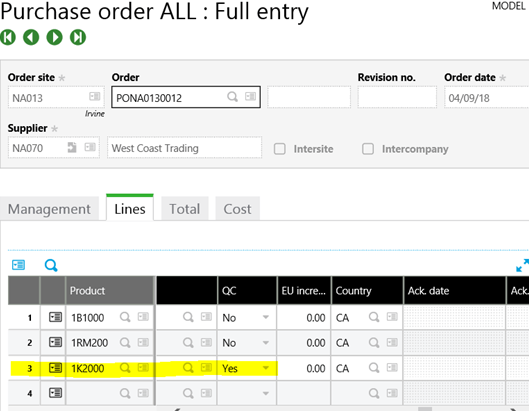
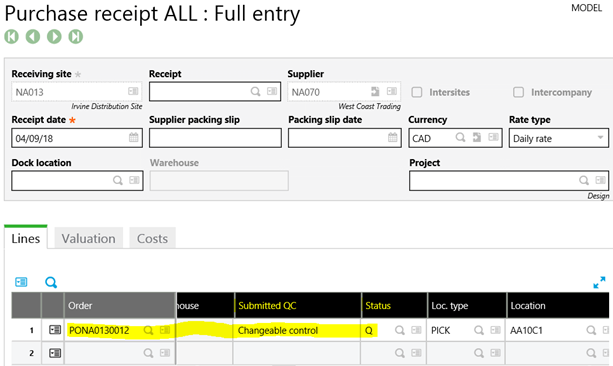

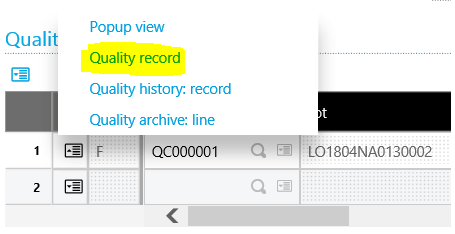
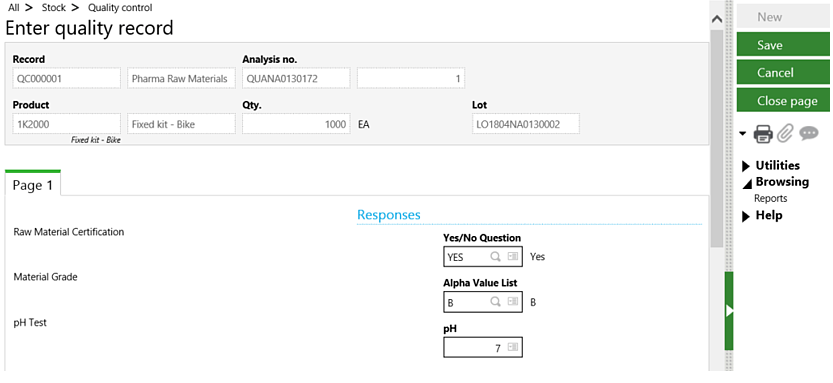
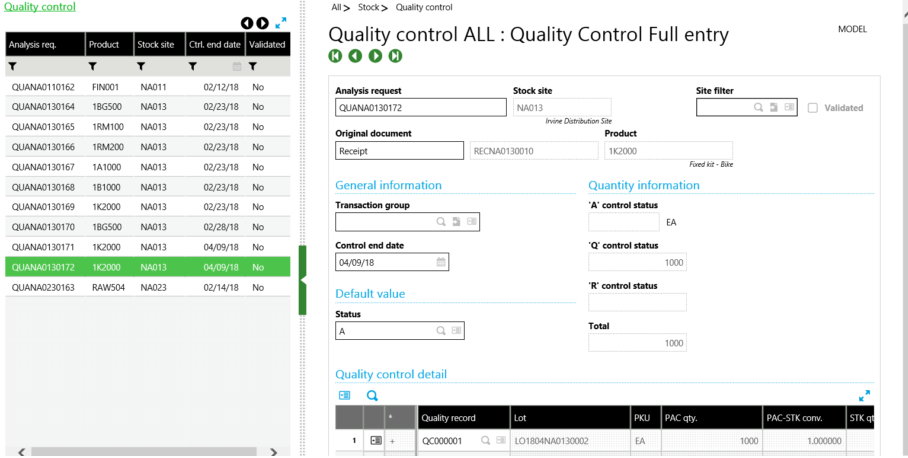


 integrations include Sage X3 for Sage CRM, Salesforce.com, Dynamics 365 CRM and Magento eCommerce along with Implementation and Technical Support worldwide for Sage X3. Currently we are Sage X3 Implementation Partner in East Africa, Middle East, Australia, Asia, US, UK. We also offer best-in-class Sage X3 customization and development services, integrated applications such as POS | WMS | Payment Gateway | Shipping System | Business Intelligence | eCommerce and have developed add-ons such as Catch – Weight and Letter of Credit and India Legislation for Sage X3 to Sage business partners, end users and Sage PSG worldwide.
integrations include Sage X3 for Sage CRM, Salesforce.com, Dynamics 365 CRM and Magento eCommerce along with Implementation and Technical Support worldwide for Sage X3. Currently we are Sage X3 Implementation Partner in East Africa, Middle East, Australia, Asia, US, UK. We also offer best-in-class Sage X3 customization and development services, integrated applications such as POS | WMS | Payment Gateway | Shipping System | Business Intelligence | eCommerce and have developed add-ons such as Catch – Weight and Letter of Credit and India Legislation for Sage X3 to Sage business partners, end users and Sage PSG worldwide. Sage X3 – Sage CRM integration also listed on Sage Marketplace; GUMU
Sage X3 – Sage CRM integration also listed on Sage Marketplace; GUMU integration for Sage X3 – Salesforce is a 5-star rated app listed on Salesforce AppExchange and GUMU
integration for Sage X3 – Salesforce is a 5-star rated app listed on Salesforce AppExchange and GUMU integration for Dynamics 365 CRM – Sage ERP listed on Microsoft AppSource.
integration for Dynamics 365 CRM – Sage ERP listed on Microsoft AppSource.























